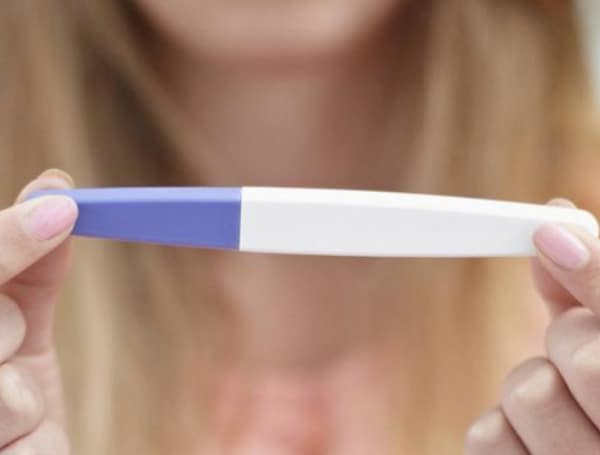Despite a relatively stable overall number of abortions in US states without total bans between 2023 and 2024, significant shifts in access occurred due to restrictive new policies and evolving care delivery methods, according to a new report from the Guttmacher Institute. The study highlights the resilience of abortion access networks but also underscores the growing challenges and uncertainties facing both patients and providers.
The Guttmacher Institute’s full-year estimates from its Monthly Abortion Provision Study reveal that the total number of abortions provided in states without total bans saw only a marginal increase of less than 1%, totaling 1,038,100 in 2024. Simultaneously, the proportion of individuals traveling across state lines for abortion care saw a slight decrease, from 16% to 15%.
However, this surface-level stability masks dramatic changes at the state level, driven by the implementation of stricter abortion laws in several states. In 2024, 14 states had total abortion bans in effect for most of the year. Notably, Florida and Iowa implemented bans at six weeks’ gestation, significantly limiting abortion access for their residents and, in Florida’s case, for individuals across the Southeast.
Florida and South Carolina See Sharp Declines
The impact of these bans is evident in the data. Florida experienced the most significant decline in abortions, with 12,100 fewer procedures in 2024 compared to 2023 following the implementation of its six-week ban in May. South Carolina, which implemented its six-week ban in September 2023, saw the second-largest decrease, with 3,500 fewer abortions.
RELATED: Florida Abortions Drop Significantly After Implementation Of 6-Week Ban
Interestingly, “protective states” like Colorado and New Mexico, which have maintained broader access, also saw declines in abortion numbers, potentially due to increased access in neighboring states like Kansas or the rise of medication abortion via shield laws.
Wisconsin and Other States See Increases
Conversely, states like Wisconsin, where abortion access was largely unavailable after the overturning of Roe v. Wade until the latter half of 2023, saw a substantial increase in abortions as access expanded. Arizona, California, Kansas, Ohio, and Virginia also reported significant increases in abortion numbers.
Online Abortion Provision on the Rise
A notable trend identified in the report is the increasing reliance on online-only clinics for abortion care. The share of abortions provided through these platforms in states without total bans rose from 10% in 2023 to 14% in 2024, representing an increase of approximately 40,000 abortions.
This growth underscores the critical role of telehealth in mitigating barriers to access, such as travel costs and time, and potentially reducing stigma.
Interstate Travel Remains Crucial, Though Slightly Down
Despite the rise in telehealth, interstate travel for abortion care remains a vital option, particularly for those in states with total bans or severe restrictions. In 2024, an estimated 155,100 people crossed state lines for abortion services.
While this is a slight decrease from the previous year, it is still nearly double the number who traveled for abortions before the end of Roe v. Wade in 2022.
Illinois, North Carolina, Kansas, and New Mexico continued to be the primary destinations for out-of-state residents seeking abortion care. Virginia and Kansas saw the most significant increases in out-of-state patients in 2024, likely due to Florida’s restrictive new law.
READ: Border Czar Tom Homan Slams Dems Defending Alleged MS-13 Migrant As DOJ Releases Damning Evidence
Challenges to Sustainability Loom
The report emphasizes that while dedicated efforts from providers, abortion funds, and support organizations have helped maintain access in the face of increasing restrictions, the sustainability of this infrastructure is under threat. Funding for support networks is stretched thin, and the legal and policy landscape continues to evolve, with some states attempting to restrict interstate travel for abortion care.
Furthermore, potential national policy changes, such as enforcing the Comstock Act to restrict the shipment of abortion-related medication, could further decimate abortion access across the country.
The Guttmacher Institute’s findings highlight a complex and rapidly changing landscape of abortion access in the United States. While overall numbers in some states have remained relatively stable, this stability masks significant shifts in how and where people can access care, underscoring the ongoing challenges and the critical need for continued support for abortion access networks.
Please make a small donation to the Tampa Free Press to help sustain independent journalism. Your contribution enables us to continue delivering high-quality, local, and national news coverage.
Connect with us: Follow the Tampa Free Press on Facebook and Twitter for breaking news and updates.
Sign up: Subscribe to our free newsletter for a curated selection of top stories delivered straight to your inbox.
